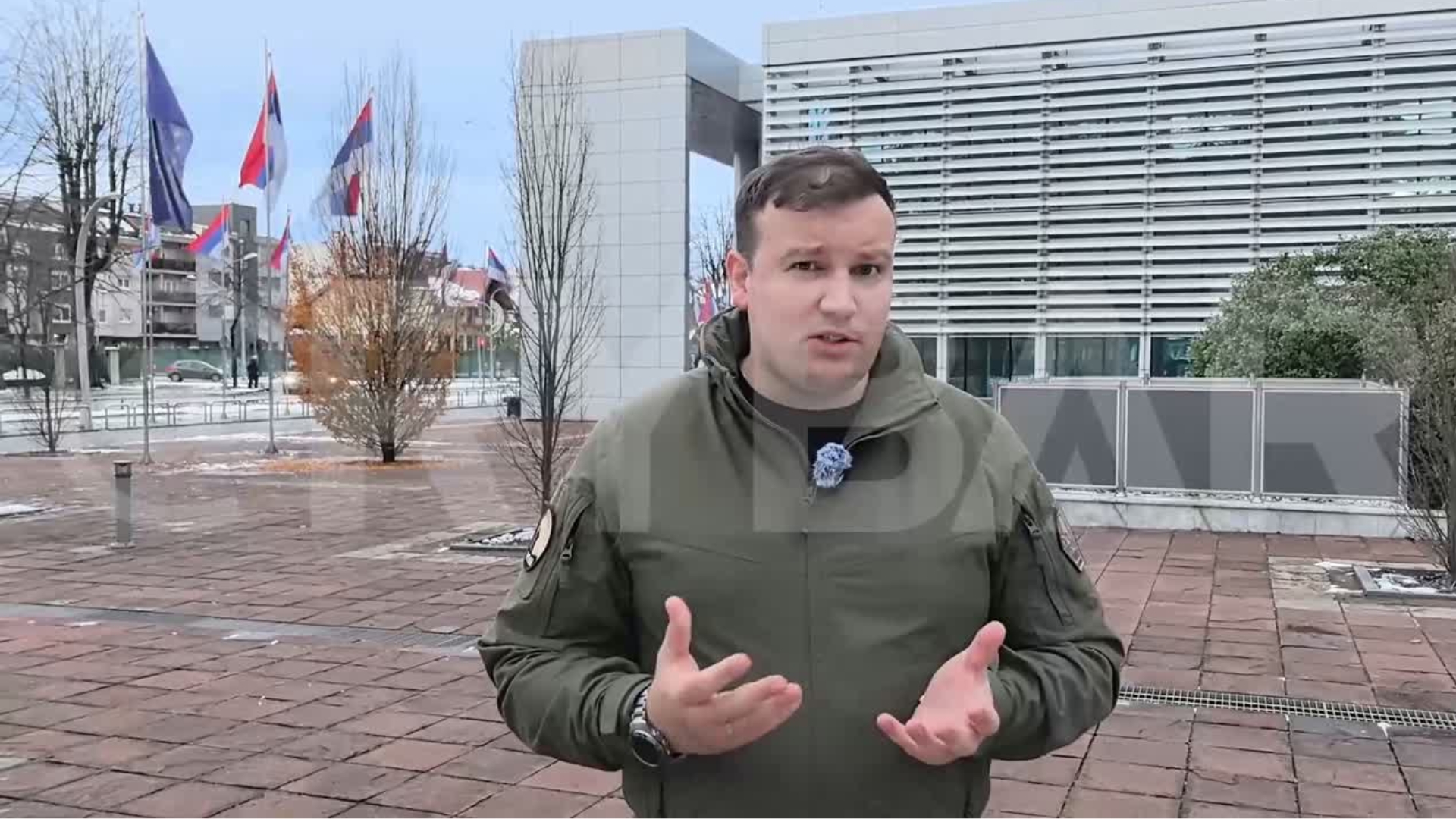This post is also available in: Bosnian
Responding to a question about how many Bosniaks from Srebrenica were shot, as per the findings of an investigation he led until 2001, Ruez said that the number kept changing due to ongoing exhumations, but, according to the current results, the number of victims was higher than 6,000.
Ruez denied a suggestion by Mladics Defence attorney Branko Lukic that there was a possibility that the graves contained remains of soldiers, who got killed in battles, along with other victims.
The bodies were dressed in civil suits. Some had their hands tied behind their backs. I can hardly imagine civilians, whose hands were tied, being killed in combat… But, there may have been others as well, he said.
Mladic, former Commander of the Main Headquarters with the Republika Srpska Army, VRS, is charged with genocide against about 7,000 Bosniaks and persecution of thousands of women, children and the elderly from Srebrenica in the days that followed the occupation of the United Nations protected enclave by Serb forces on July 11, 1995.
Besides that, he is on trial for the persecution of Bosniaks and Croats throughout Bosnia and Herzegovina, terrorising civilians in Sarajevo by long-lasting shelling and sniping and taking UNPROFOR members hostage.
When asked how many Bosniak soldiers got killed while attempting to break through the VRS ring around Srebrenica towards Tuzla, Ruez said that this was not the subject of his investigation.
Responding to a question on how he differentiated between shooting victims and people killed in combats, the witness explained that, through the investigation the detention locations and the locations at which Bosniaks were shot were found on the basis of statements by survivors and eyewitnesses.
According to Ruezs testimony, primary mass graves were located in the vicinity of the scaffolds. He said that, in the fall of 1995 the VRS transported the bodies to secondary graves in order to conceal the crimes. As he said, identical objects, like blindfolds, objects for tying hands and bullet capsules were found at all those locations. He said that forensic experts would testify about it later on.
This excludes the possibility that those people were killed in combats, Ruez explained.
Responding to a suggestion by Mladics Defence, the witness confirmed that the mass murder in Kravica village on July 13, 1995 was committed by members of the Special Police Brigade, and not the VRS.
The trial of Mladic is due to continue on May 1.


